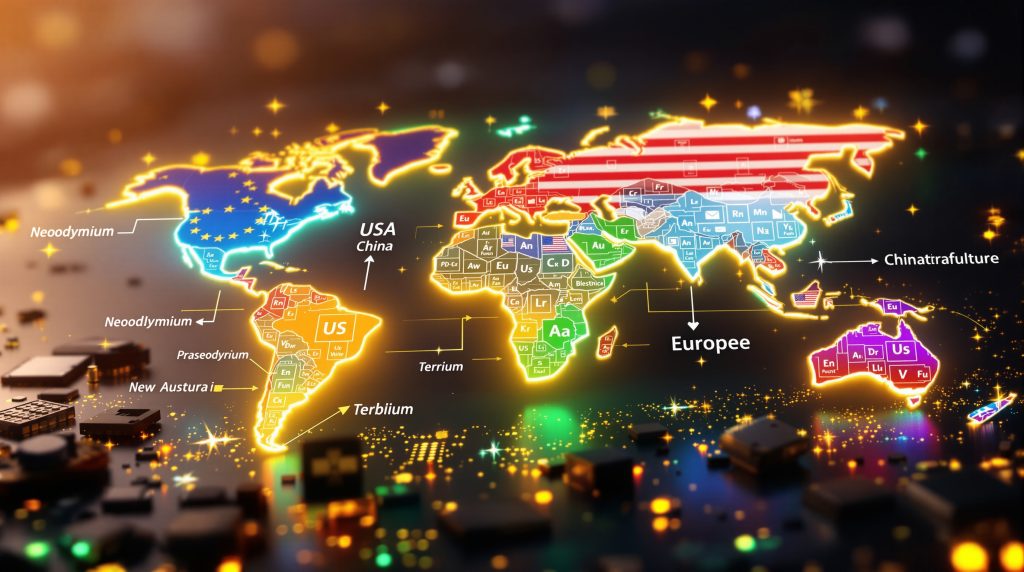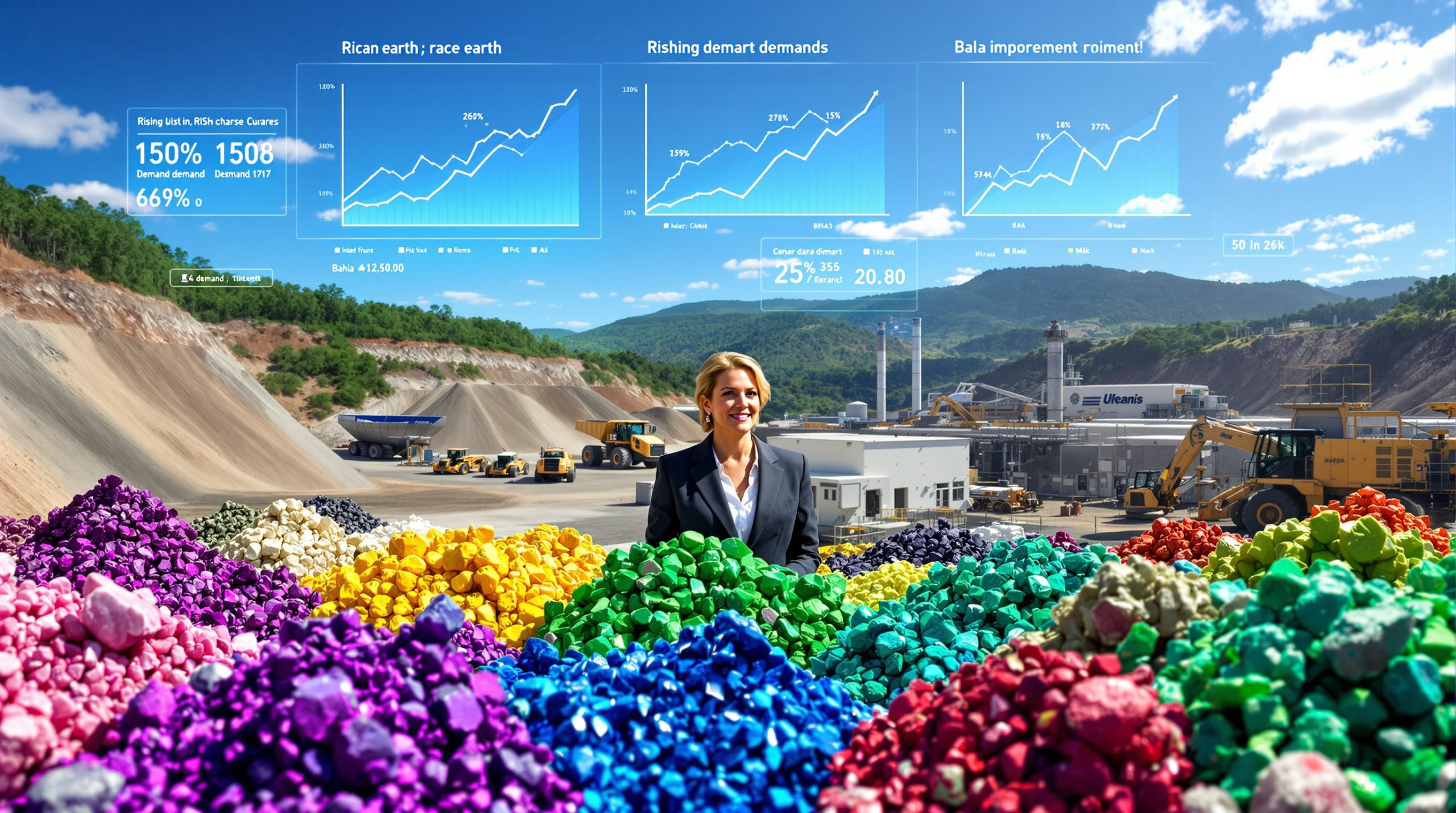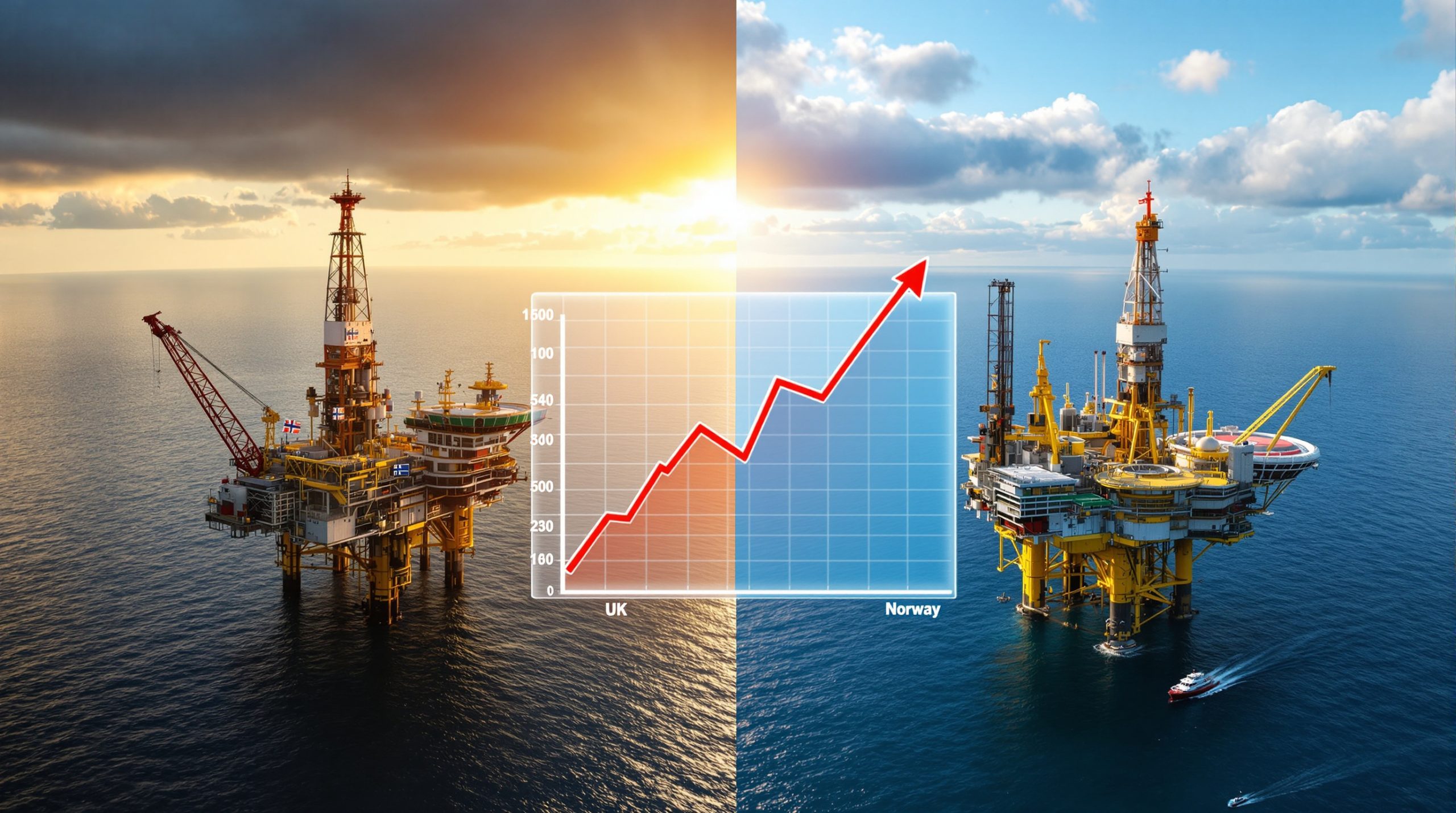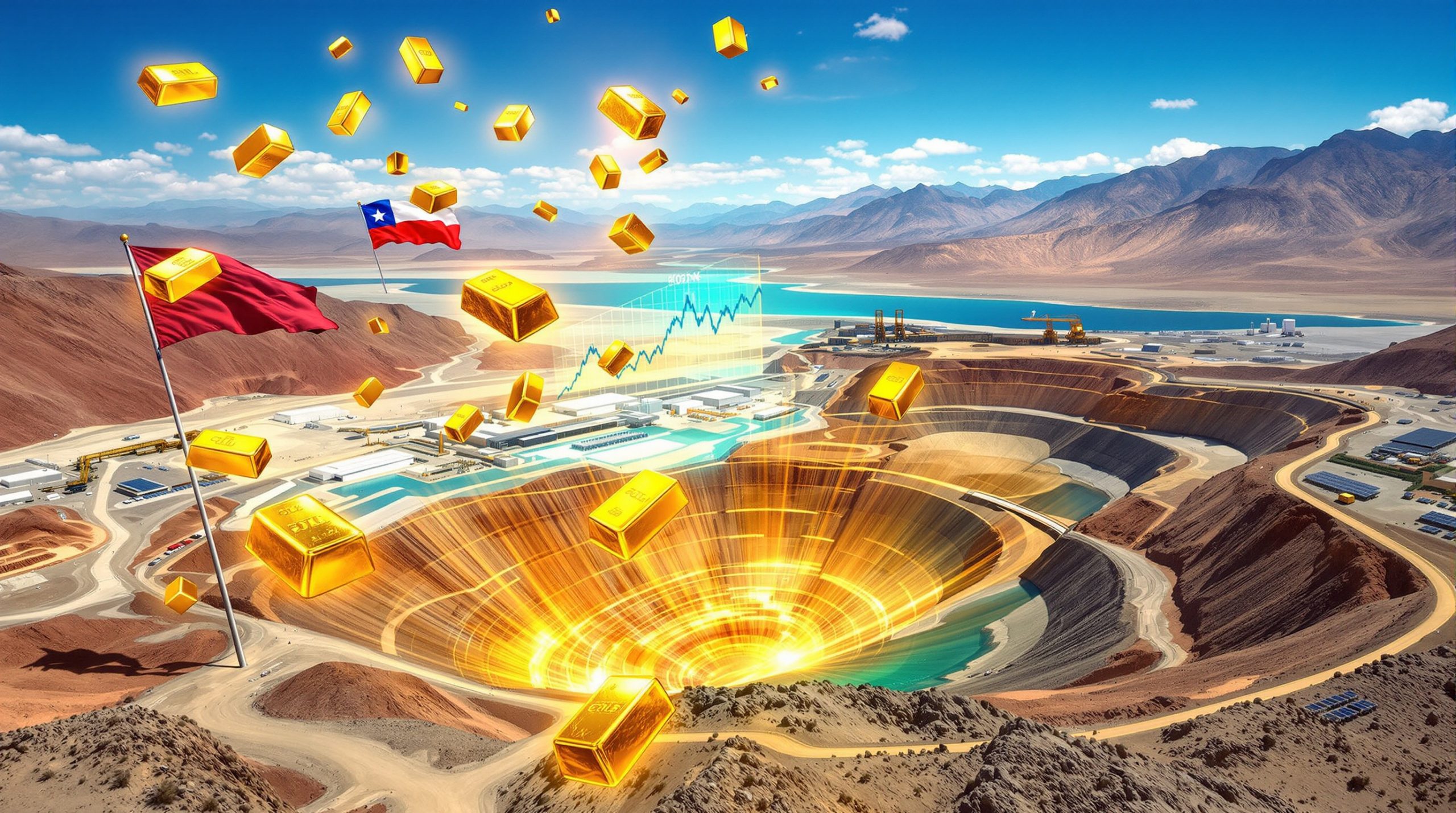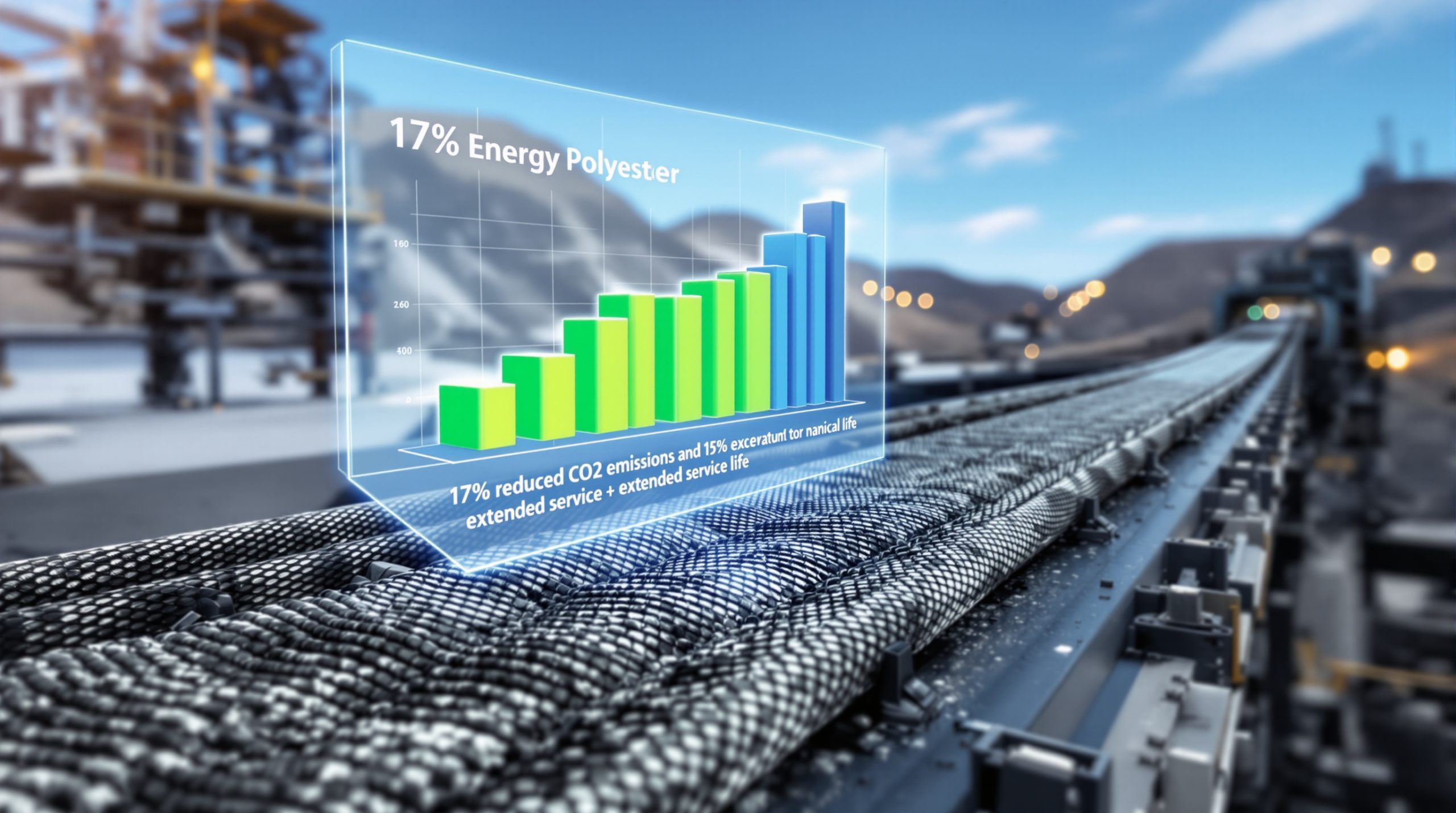How Is China Tightening Its Grip on Rare Earth Exports?
China has significantly reinforced its control over rare earth exports, heightening global apprehensions about supply chain security. As of October 2025, China's latest expansion of export controls goes beyond its previous regulations by including additional elements, restricting key refining technologies, and intensifying scrutiny on semiconductor industry buyers. These actions come at a critical geopolitical moment, just ahead of scheduled discussions between President Trump and President Xi Jinping.
China's dominant market position makes these policy shifts especially disruptive:
-
Approximately 60% of global rare earth mining and over 85% of worldwide refining is under Chinese control (U.S. Geological Survey, 2024).
-
The latest restrictions build on those introduced in April 2025, which already caused severe global shortages of rare earths, affecting automotive, electronics, and green tech sectors.
-
The new measures introduce:
- Additional rare earth elements to the restricted export list
- Prohibitions on export of certain refining and processing technologies
- Enhanced regulation and licensing for semiconductor users
- Stricter enforcement mechanisms, potentially hindering third-party rerouting of supply
European Trade Commissioner Maroš Šefčovič described these steps as a critical concern for EU trade, underlining the need for coordinated international response.
Table: Rare Earth Production and Processing Dominance (2023)
| Country | % Global Mining | % Global Processing |
|---|---|---|
| China | ~60% | 85-90% |
| USA | ~16% | <10% |
| Others | ~24% | <5% |
Source: USGS Mineral Commodity Summaries 2024
Why Are Rare Earths So Strategically Important?
Rare earth elements (REEs), while commonly found in the Earth's crust, are rarely concentrated in deposits suitable for economically viable mining. Their unique magnetic, luminescent, and catalytic characteristics are indispensable for high-performance applications across critical sectors.
Key Industrial Uses of Rare Earths
| Industry | Critical Applications | Key Rare Earth Elements |
|---|---|---|
| Defense | Precision weapons, radar, sonar | Neodymium, Dysprosium, Samarium |
| Renewable Energy | Wind turbines, EV motors | Neodymium, Praseodymium, Dysprosium |
| Electronics | Smartphones, HDDs, speakers | Neodymium, Europium, Terbium |
| Medical | MRI scanners, surgical lasers | Gadolinium, Erbium |
| Automotive | Catalytic converters, EV batteries | Cerium, Lanthanum, Neodymium |
Additional technical figures:
-
NdFeB permanent magnets: Account for 29% of global rare earth consumption
-
F-35 fighter jets: Each requires about 920 pounds of rare earth materials (U.S. GAO, 2016)
-
Wind turbines: A typical 3MW system uses roughly 600 kg of rare earth magnets (EC, 2020)
-
Average EV: Contains around 1 kg of rare earths in its powertrain (IEA, 2021)
Supply Chain Vulnerabilities
The reliance on China for rare earths poses acute risks:
-
The EU sources 98% of its rare earth supply from China (European Commission, 2023)
-
Predicted 6x rise in rare earth demand by 2030, driven by renewables and electrification (IEA, 2023)
-
Few alternative sources with sufficient scale or technological expertise outside China's orbit
What Is the EU's Response Strategy?
Faced with escalating supply chain risks, the EU is crafting a comprehensive counter-strategy that emphasizes both immediate diplomatic action and systematic reduction of import dependence.
Key Diplomatic Initiatives
-
Rapidly coordinating with the United States and G7 partners to ensure a united response
-
Arranging cross-bloc consultations, including a G7 video conference to be held following initial high-level discussions between EU and US officials
-
Committing to engage directly with Chinese counterparts to de-escalate the trade standoff
-
Aligning with non-G7 regions to form a larger coalition of affected economies
Economic and Legal Countermeasures
Rather than mirroring aggressive US tariff threats, EU officials are examining measured yet impactful actions:
-
Joint purchasing initiatives to facilitate more stable, large-scale procurement with G7 allies
-
WTO dispute mechanisms to challenge China's practices through international trade law
-
Strategic stockpiling of key materials to shield European industry from market volatility
-
Targeted trade countermeasures against sectors where China is most vulnerable to European leverage
Commissioner Šefčovič emphasized the urgency of accelerating projects that diversify critical mineral supply chains—a position widely supported at the ministerial level. The EU has already begun implementing its critical minerals strategy to reduce dependency on foreign imports.
How Are Different Nations Responding to China's Actions?
The intensification of Chinese export controls has triggered varied responses aligned with each region's strategic interests and economic capabilities.
United States Response
-
Trade Retaliation: President Trump quickly announced a threat of 100% tariffs on all Chinese goods, sparking turbulence in global financial markets and raising the specter of further escalation. This follows his earlier Trump's critical minerals order which focused on securing domestic supply chains.
-
Domestic Supply Push: The US has redoubled efforts to ramp up rare earth mining domestically and fund advances in rare earth recycling.
-
Policy Mobilization: Congressional lawmakers have urged increased federal investment in critical mineral independence, while the Department of Energy pursues supply chain grants and innovative recycling research.
European Approach
-
Coordination Over Confrontation: EU nations, led by voices like Danish Foreign Minister Lars Rasmussen, support a collective approach that leverages the EU's role as the world's largest trading bloc.
-
Aversion to Tariffs: Preference is given to robust diplomatic engagement and pursuing fair trade, rather than responding with immediate tariffs.
-
Unified Front with Allies: Belief that alignment with the US and G7 enhances negotiating power and supports more effective outcomes. The European CRM facility represents a key component of this collaborative approach.
Australian Strategic Moves
-
Supply Development Fund: Australia is considering a $777 million rare earth fund (approx. USD $500 million) to catalyze development of new domestic projects.
-
Industry Support Tools: Policy tools under evaluation include price floors for local producers, government-backed loans, and direct offtake agreements to secure international buyers.
-
Investor Incentives: Australian government is working to attract both public and private investment into its rare earth sector, fast-tracking promising ventures to reduce time to market. The creation of an Australia minerals reserve has been proposed as a buffer against supply disruptions.
Table: National Responses to China's Rare Earth Controls
| Nation/Region | Response Type | Key Measures |
|---|---|---|
| US | Aggressive | 100% tariff threats, mining subsidies |
| EU | Coordinated/Diplomatic | Supply chain alliances, WTO legal routes |
| Australia | Supply Development | Public funding, strategic reserves |
What Long-Term Solutions Is the EU Pursuing?
The EU is targeting both immediate risk mitigation and fundamental transformation of its rare earth supply strategy. The Critical Raw Materials Act (2023) lays out ambitious targets for 2030:
-
At least 10% of rare earths to be sourced from EU domestic extraction
-
40% or more from EU-based processing
-
15% or more from recycled materials
-
No more than 65% of any rare earth sourced from a single outside nation
Supply Diversification Actions
-
Accelerating mining and processing projects in Europe and allied G7 territory
-
Identifying and investing in deposits in resource-rich regions like Greenland (such as the Kvanefjeld project and Tanbreez deposit, though these raise regulatory and environmental hurdles)
-
Expanding capacity at processing facilities in established locations such as Silmet in Estonia, which currently processes about 3,000 metric tons of rare earths each year
-
Advancing recycling infrastructure to recover rare earths from end-of-life electronics and industrial waste
-
Pursuing partnership agreements with Australia and African countries offering alternative resource bases
Timeline Realities
Developing new, integrated rare earth supply chains is a long-term undertaking:
-
Typical mine-to-market timeline: 8-15 years (S&P Global, 2023)
-
Fast-tracking projects requires:
- Regulatory streamlining
- Early environmental impact analysis and transparency
- Supportive investment frameworks and public-private partnerships
Furthermore, mining industry innovation plays a critical role in developing new extraction and processing methods that could accelerate timeline projections.
Disclaimer: Project outcomes are subject to geological, environmental, and market risks. Actual timelines can vary widely based on permitting complexity, local opposition, and technological factors.
What Are the Economic Implications of Rare Earth Restrictions?
The April 2025 round of Chinese export controls led to unmistakable market disruptions:
-
Acute shortages of neodymium, praseodymium, and dysprosium for automotive and electronics supply chains
-
Price shock: Across several rare earth elements, spot prices surged significantly—some by over 70% in the first two weeks post-announcement (figures based on specialized market data)
-
Production delays: European and American manufacturers reported multi-week shutdowns due to lack of materials, especially in the EV, wind turbine, and chip sectors
-
Cost overruns: Input costs for high-tech and green energy products soared, threatening global competitiveness for affected firms
Table: Industry Impact Timeline (April-October 2025)
| Industry | Disruption Type | Duration (est.) | Cost/Loss Impact |
|---|---|---|---|
| Automotive | Output delays, layoffs | 4-6 weeks | High |
| Electronics | Production halts | 3-5 weeks | High |
| Renewable Energy | Project slowdowns | 6-8 weeks | Medium-High |
How Might This Affect Global Trade Relations?
China's tightening of rare earth export controls is having cascading effects throughout the global trading framework:
-
Potential trade war flashpoint: US and Chinese tit-for-tat policies could trigger a larger, more disruptive global trade conflict, as reported by Reuters.
-
WTO Challenge: The EU and other nations are reviewing WTO complaint options, recalling the 2012 WTO ruling against similar Chinese export restraints.
-
Acceleration of supply chain decoupling: Western countries' strategic focus is shifting towards building resilient, regional critical mineral supply chains outside of China's influence.
-
Geopolitical signaling: The timing of the restrictions—coinciding with high-level US-China talks—underscores the strategic use of resource leverage in international diplomacy.
-
"Dual circulation" strategy: China's own economic model increasingly prioritizes domestic consumption and strategic technology self-sufficiency, intensifying global competition for key inputs. According to Yahoo Finance, this approach represents China's broader strategy to leverage its resource advantages.
What Are the Technological Solutions to Rare Earth Dependence?
Innovation is viewed as essential to easing rare earth supply risks. Several pathways are being pursued by governments and industry alike:
1. Recycling Expansion
-
Current recycling rates for most rare earth elements remain under 1%
-
Improved e-waste collection, urban mining practices, and advanced separation technologies are being scaled up in Europe and the US
2. Substitution Research
-
Research into ferrite magnets and other materials aims to provide alternatives for low- and medium-strength applications
-
However, no full substitute currently rivals NdFeB magnets for high-performance uses
3. Extraction Innovation
- Technologies for extracting rare earths from low-grade or unconventional deposits (such as coal byproducts and phosphogypsum stacks) are under early development
4. Process Optimization
- Both US and EU support multi-year research efforts (DOE's Critical Materials Innovation Hub; EU Horizon Europe) to lower cost, energy, and waste in rare earth processing
5. Circular Economy Implementation
- Market and regulatory approaches aim to cap primary demand and incentivize design-for-reuse principles in electronics and green tech manufacturing
Table: Technological Solutions and Status
| Solution | Tech Status | Barriers |
|---|---|---|
| Recycling | Early adoption | Collection inefficiencies, cost |
| Substitution | R&D phase | Magnetic performance gap |
| Alternative Extraction | Pilot stage | Economics, environmental compliance |
| Processing Innovation | Lab-to-pilot | Scale-up, capital investment |
How Will This Impact Global Sustainability Goals?
China's rare earth export restrictions present a direct threat to clean energy and climate ambitions in Europe, North America, and beyond:
Clean Energy Supply Chain Strain
-
Projections indicate a drastic need for rare earth expansion to meet 2030 wind and EV growth targets (IEA, 2021)
-
By 2030, global demand for rare earths in wind turbines alone is expected to reach 25,000 metric tons—over triple 2020 levels
-
Restrictions can delay wind farm and electric vehicle rollouts, jeopardizing EU Green Deal and Paris Agreement targets
Environmental Balance Dilemma
-
Rare earth extraction is inherently environmentally intensive:
- Radioactive byproducts (thorium, uranium)
- Toxic waste streams (from acid leaching and solvent extraction)
- ~2,000 tons of mine waste generated per ton of rare earth oxide
-
New mining projects must balance security of supply against the imperative to minimize ecological damage and comply with evolving regulatory frameworks
Table: Rare Earths in Clean Tech – 2030 Projections
| Application | 2020 Demand (t) | 2030 Est. (t) | % Increase |
|---|---|---|---|
| Wind turbines | 8,000 | 25,000 | +213% |
| Electric vehicles | 4,000 | 20,000 | +400% |
Source: International Energy Agency, 2021 & 2023
FAQs About the Rare Earth Crisis
What exactly are rare earth elements?
Rare earth elements comprise 17 metals including the 15 lanthanides, scandium, and yttrium. Their unique magnetism, conductivity, and catalytic powers make them indispensable in electronics, defense, energy, and medical sectors.
Why does China dominate the rare earth market?
China's rare earth leadership is rooted in:
-
Favorable geology and a resource-rich landscape
-
Strategic investment dating back to the 1980s and 1990s
-
State-backed industry and value chain integration from mining to end-use
-
Historically relaxed environmental and labor regulations, alongside aggressive export pricing
This allowed China to outcompete Western producers, leading to the closure of major sites like the US Mountain Pass mine in 2002. Although Mountain Pass has since reopened, China still retains overwhelming processing and manufacturing capacity.
Can recycling solve the rare earth supply problem?
While recycling presents important opportunities, current processes recover only a small fraction of rare earths from used products. Efforts are underway globally to improve collection systems and develop cost-effective separation technologies, but primary production will remain crucial for the foreseeable future. Recovery efficiency and material dispersion—especially in consumer applications—are major technical and economic hurdles.
How long would it take to develop alternative supply chains?
Establishing rare earth mines and refining plants from scratch usually requires between 7 and 15 years, depending on regulatory, geological, and financial factors. Accelerated permitting and strong public-private investment can shorten this window, but building true supply security is a multi-year process.
Disclaimer: The information presented here is intended for informational purposes only. Market, investment, and supply trends are inherently subject to change and uncertainties; forward-looking statements regarding project timelines, geopolitical developments, and market impacts should be interpreted as forecasts, not guarantees.
Further Exploration:
Readers seeking deeper insights on global rare earth supply chains, trading strategies, and industry-level intelligence are encouraged to consult additional educational resources featured on MINING.com, which continually tracks the dynamics of critical minerals markets, security of supply, and the evolving geopolitics of strategic raw materials.
Want to Invest in the Next Major Mineral Discovery?
Discovery Alert instantly notifies investors of significant ASX mineral discoveries using its proprietary Discovery IQ model, turning complex mineral data into actionable insights. Understand why historic discoveries can generate substantial returns by visiting Discovery Alert's dedicated discoveries page.
